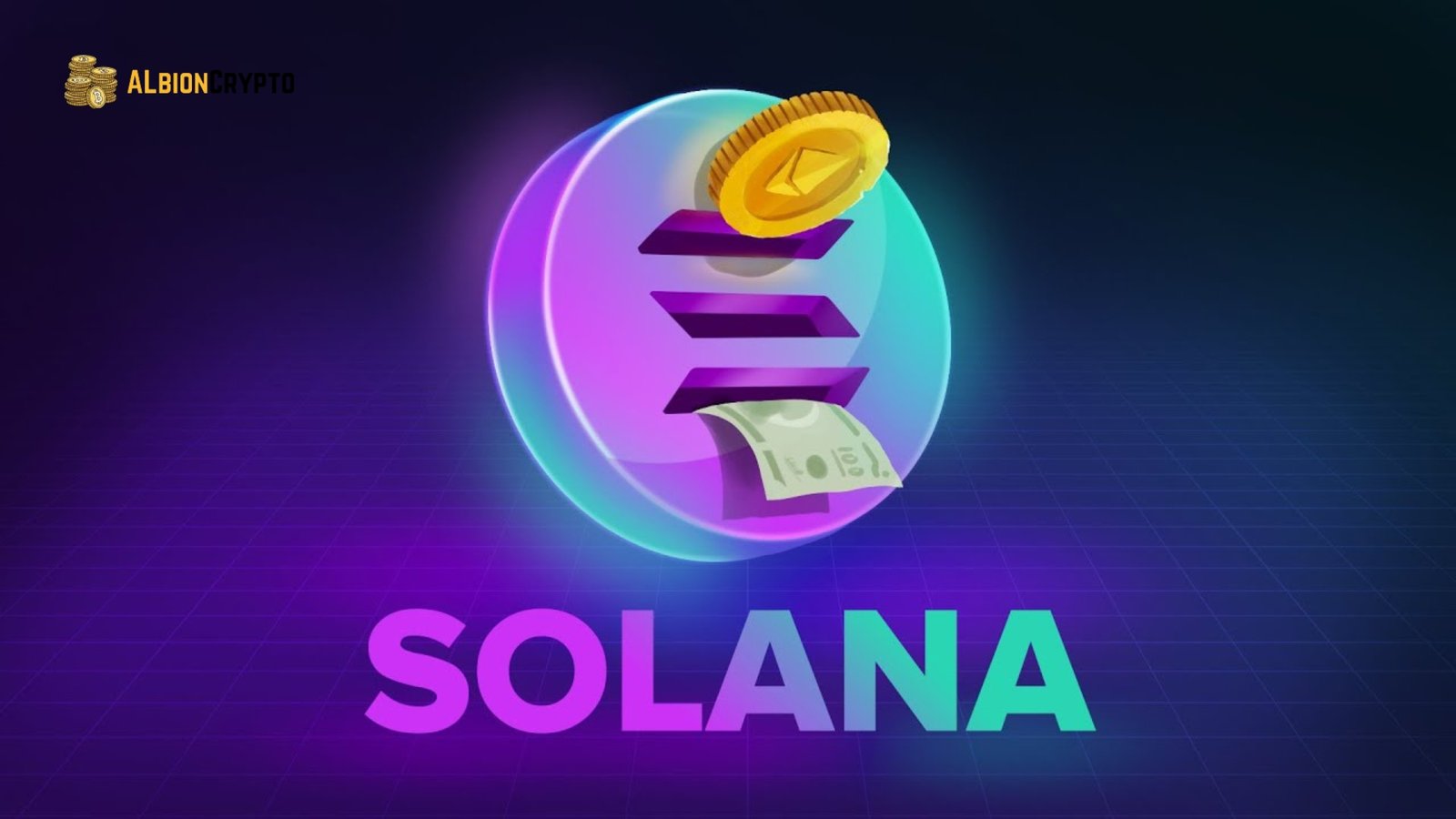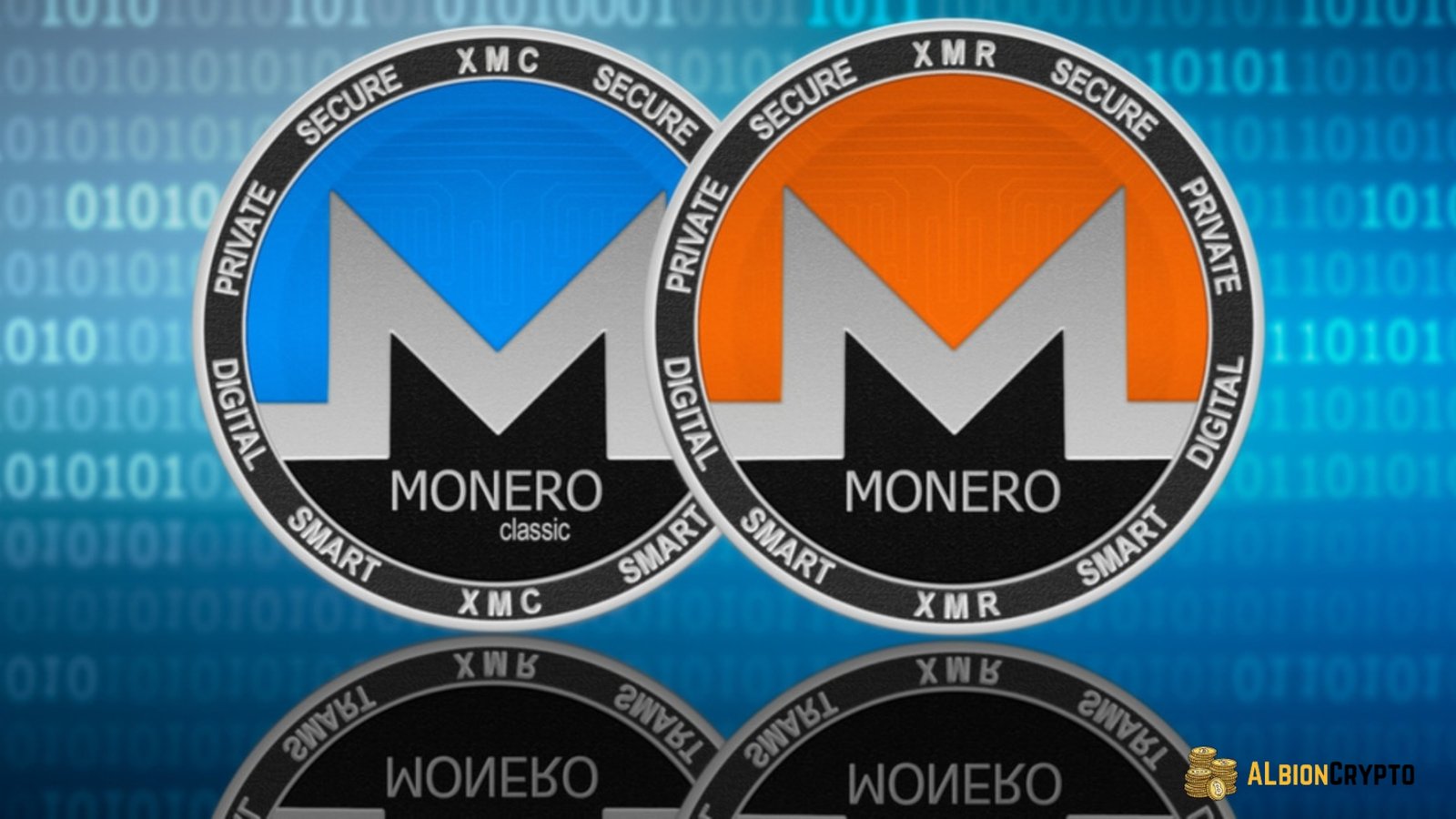Since Bitcoin’s launch in 2009, the cryptocurrency industry has grown tremendously. As a result of the proliferation of competing cryptocurrencies, or “altcoins,” investors now have more alternatives than just Bitcoin, even if Bitcoin is still the most popular cryptocurrency. From smart contracts and decentralized finance (DeFi) to privacy and scalability, these alternative cryptocurrencies have it all. Keeping up with the leading competitors is vital for investors and fans in 2024 due to the increasingly broad and inventive crypto ecosystem. Here’s a detailed look at the top 10 altcoins in 2024, ranked based on their market impact, technology, and future potential.
Ethereum (ETH)
Market Capitalization: $550 billion+
Use Case: Smart contracts, decentralized applications (dApps)
Ethereum remains the second-largest cryptocurrency by market capitalization and a pioneer in smart contracts. It powers various decentralized applications, including decentralized finance (DeFi) platforms, non-fungible tokens (NFTs), and enterprise blockchain solutions. In 2024, Ethereum will continue to dominate the DeFi sector, though it faces increasing competition from new blockchain platforms.
The transition to Ethereum 2.0 has helped alleviate scalability and energy consumption concerns. The network’s move from Proof of Work (PoW) to Proof of Stake (PoS) has drastically reduced its environmental impact, improving transaction speed and reducing fees.
Why Ethereum?
Its wide adoption and continued innovation, such as Layer-2 scaling solutions like Optimism and Arbitrum, solidify Ethereum’s position as the leader of smart contract platforms.
Binance Coin (BNB)
Market Capitalization: $70 billion+
Use Case: Utility token for Binance ecosystem, smart contract platform
Binance Coin, the native token of Binance, the world’s largest cryptocurrency exchange, plays a crucial role within the Binance ecosystem. Beyond trading fee discounts, BNB is used for payments, staking, and accessing Binance Chain and Binance Smart Chain (BSC). BSC, in particular, has gained traction as a cheaper and faster alternative to Ethereum, offering smart contract capabilities and enabling DeFi projects.
In 2024, BNB remains a key player due to its strong utility and Binance’s continual expansion. Binance’s large user base gives BNB a significant competitive advantage, positioning it as a vital altcoin for traders and developers.
Why Binance Coin?
BNB’s ties to the Binance ecosystem ensure its ongoing demand and Binance’s constant growth and innovation, which make BNB a solid long-term investment.
Cardano (ADA)
Market Capitalization: $40 billion+
Use Case: Smart contracts, decentralized applications, scalability
Cardano has consistently been recognized for its research-driven approach to blockchain development. Founded by Charles Hoskinson, one of Ethereum’s co-founders, Cardano aims to create a highly scalable, secure, and sustainable blockchain platform. Its proof-of-stake consensus mechanism, Ouroboros, is energy-efficient and secure, giving Cardano an edge over more resource-intensive blockchains.
In 2024, the Cardano ecosystem is growing, with more decentralized applications (dApps) being developed and an increasing focus on real-world use cases, such as supply chain management and identity verification.
Why Cardano?
Cardano’s rigorous development process and its focus on scalability and sustainability make it a top choice for long-term investors who prioritize the fundamentals.
Solana (SOL)
Market Capitalization: $30 billion+
Use Case: Fast, scalable blockchain for decentralized applications
Solana is known for its fast transaction speeds and low fees, thanks to its unique Proof of History (PoH) consensus mechanism. This platform has become popular for DeFi applications, NFTs, and blockchain stages; Solana has emerged despite a stronger network outage with improved stability and performance.
In 2024, Solana continues to attract developers and users with its high throughput, making it one of the most scalable blockchains in the crypto space.
Why Solana?
Its ability to process thousands of transactions per second and its low transaction fees make Solana an attractive option for dApp developers and DeFi enthusiasts.
Polkadot (DOT)
Market Capitalization: $25 billion+
Use Case: Interoperability between blockchains, scalability
Polkadot is a next-generation blockchain platform designed to facilitate the interoperability of different blockchains. Its innovative “parachain” architecture allows multiple blockchains to operate in parallel, improving scalability and transaction throughput. Polkadot’s vision of a fully interoperable blockchain ecosystem has attracted a strong developer community, and the platform is being used for DeFi, gaming, and enterprise applications.
In 2024, Polkadot remains a key player in enabling cross-chain functionality, which is crucial as the number of blockchain networks grows.
Why Polkadot?
Polkadot’s focus on interoperability and scalability makes it a critical infrastructure project for the future of blockchain technology.
Avalanche (AVAX)
Market Capitalization: $15 billion+
Use Case: Fast, scalable blockchain for DeFi and dApps
Avalanche is another contender in the race for blockchain scalability. Its unique consensus mechanism enables the network to process thousands of transactions per second with near-instant finality. This has made Avalanche popular for DeFi platforms and enterprise blockchain solutions. The platform’s low fees and high throughput attract developers seeking alternatives to Ethereum. In 2024, Avalanche’s growing ecosystem and partnerships with major financial institutions will drive its adoption, making it one of the top altcoins to watch.
Why Avalanche?
Avalanche’s speed, scalability, and cost-efficiency position it as a leading decentralized finance and enterprise applications platform.
Chainlink (LINK)
Market Capitalization: $10 billion+
Use Case: Decentralized Oracle network
Chainlink is a decentralized oracle network that enables smart contracts on various blockchains to interact with real-world data securely. Its oracles are essential for decentralized finance, insurance, and gaming applications that rely on off-chain data, such as price feeds, weather reports, or random number generation.
In 2024, Chainlink continues to lead the Oracle space, providing secure and reliable data feeds for many dApps. As DeFi expands, Chainlink’s role in connecting blockchain applications to real-world data becomes even more critical.
Why Chainlink?
Chainlink’s unique value proposition as a decentralized oracle provider makes it indispensable for the growing DeFi and smart contract ecosystem.
Polygon (MATIC)
Market Capitalization: $12 billion+
Use Case: Layer 2 scaling solution for Ethereum
Polygon (previously known as Matic Network) is a Layer 2 scaling solution that aims to improve the speed and reduce the cost of transactions on Ethereum. Polygon achieves this by processing transactions on its sidechain and settling them on the Ethereum mainnet. This has made it an attractive solution for DeFi and NFT platforms looking to avoid Ethereum’s high fees and slow transaction speeds.
In 2024, Polygon continues to grow as a key player in scaling Ethereum, with more projects choosing to build on its network due to its high throughput and developer-friendly environment.
Why Polygon?
Polygon’s ability to enhance Ethereum’s scalability while maintaining compatibility with the Ethereum ecosystem ensures its continued growth and adoption.
Monero (XMR)
Market Capitalization: $6 billion+
Use Case: Privacy-focused cryptocurrency
Monero remains the most prominent privacy-focused cryptocurrency, offering anonymous transactions through advanced cryptographic techniques such as ring signatures, stealth addresses, and confidential transactions. In an era where privacy concerns are growing, Monero’s commitment to anonymity sets it apart from other cryptocurrencies that offer transparent blockchain transactions. In 2024, Monero continues to be the go-to cryptocurrency for users who prioritize privacy and security despite regulatory scrutiny.
Why Monero?
Monero’s robust privacy features make it a top choice for users seeking anonymity in their financial transactions.
Cosmos (ATOM)
Market Capitalization: $8 billion+
Use Case: Interoperability between blockchains
Cosmos aims to create an “Internet of Blockchains,” allowing different blockchain networks to communicate and transact. Through its Inter-Blockchain Communication (IBC) protocol, Cosmos facilitates interoperability, enabling assets and data to move seamlessly between various chains. In 2024, Cosmos continues to play a pivotal role in the interoperability space, with an increasing number of blockchain projects integrating with the Cosmos network to enable cross-chain functionality.
Why Cosmos?
As the need for blockchain interoperability grows, Cosmos’s role in connecting different networks will become increasingly valuable, positioning it as a key infrastructure project.
Conclusion
More new and interesting altcoins will be available in 2024 than in any previous year. Altcoins provide alternatives to Bitcoin, with advantages such as smart contracts, decentralized apps, privacy, and scalability. Bitcoin is still the most valuable cryptocurrency and a good investment. To keep up with the dynamic world of cryptocurrencies, it’s crucial to know which altcoins are on the rise and what they can do for investors and developers.
Newer competitors such as Polkadot, Solana, and Avalanche provide unique solutions for scalability and interoperability. Still, Ethereum, Binance Coin, and Cardano maintain leadership positions in market value and development activity. Finally, the list is completed by Oracle providers like Chainlink and private currencies like Monero, all of which provide vital services to the decentralized economy. If you want to enter the future of money and technology, you better keep up with these major altcoins as the cryptocurrency industry changes.





